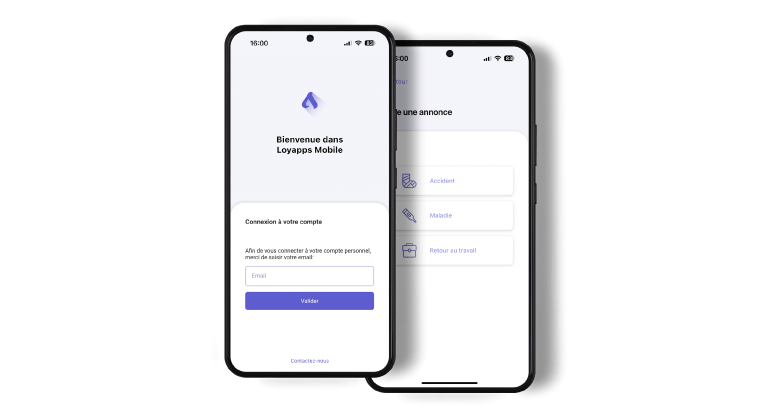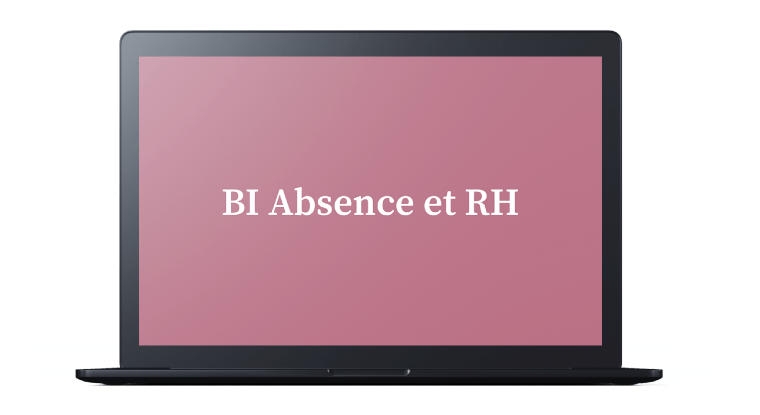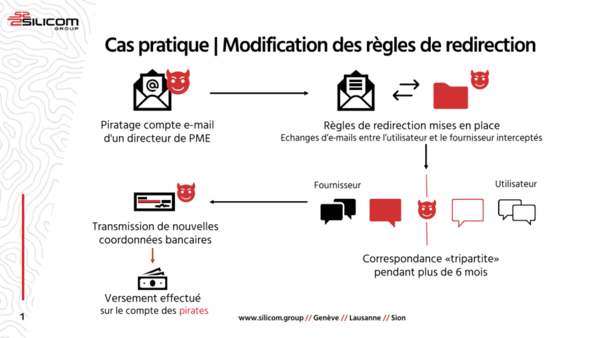
Cybernews: sensibiliser pour prévenir les cyberattaques
Suite au lancement de la Cyber Risk Clinic en mai dernier, nous donnons la parole à plusieurs expert·e·s du domaine cyber, actifs au sein de cette nouvelle structure. Dans cette série de «cyber news», ils.elles décryptent pour vous les enjeux liés à ces risques particuliers et partagent des cas concrets de cyberattaques, rencontrés dans leur pratique professionnelle.
Pour le deuxième épisode de cette série consacrée aux risques cyber, nous avons posé 3 questions à Bertrand Fournier, CEO de Silicom Group SA, partenaire de la Cyber Risk Clinic.
La formation des collaborateur·rice·s constitue le dernier rempart lorsque la technologie n’a pas pu stopper certaines attaques.
Est-ce qu’il existe une typologie de client·e·s qui font appel à vous pour des questions de cyber sécurité?
Les client·e·s qui font appel à nos services sont, malheureusement et trop souvent, celles et ceux qui ont déjà été touchés par une attaque. Cela va de la petite société de 2 collaborateur·rice·s à des sociétés de plusieurs dizaines d’employé·e·s, qui ont déjà des besoins précis de formation. En résumé, on peut dire que tout le monde est touché par la thématique, mais elle semble encore loin des priorités concrètes qu’ont pu être notamment le COVID ou l’augmentation des coûts de l’énergie.
Les entreprises n’ont pas encore suffisamment pris conscience de la valeur que peuvent avoir les données stockées lorsqu’elles sont croisées avec d’autres sources.
Quelles sont les attaques du moment et quels sont leurs impacts financiers?
Les deux types d’attaques pour lesquels nous aidons et accompagnons le plus de client·e·s actuellement sont:
- Le phishing: une méthode qui a pour but de subtiliser des informations de connexions et détourner de l’argent en se faisant passer pour un organisme, client·e ou fournisseur que vous connaissez.
- Le cryptolockage de système par un logiciel malveillant (malware): une attaque qui chiffre les fichiers sur les ordinateurs, puis demande une rançon en échange de la clé de déchiffrement.
Dans le premier cas, les conséquences financières peuvent aller du détournement de fonds simples par virement à la mise en place de systèmes plus complexes, liés à la technique dite du «man-in-the-middle», qui dans certains cas a permis de détourner plusieurs dizaines de milliers de francs comme démontré dans le cas pratique ci-dessous.
Comment prévenir ces cyberattaques?
Le plus important, c’est d’éviter le «début» de l’attaque en maintenant ses systèmes à jours ainsi qu’en protégeant son réseau et ses données avec toutes les bonnes pratiques disponibles. Il peut s’agir tout d’abord de solutions techniques, qui permettent d’éliminer les comportements frauduleux les plus courants, ou encore de systèmes plus complexes de détection d’attaque et de veille active 24 heures sur 24 et 7 jours sur 7. La dernière des défenses pouvant bénéficier à l’utilisateur·rice est la formation. C’est pourquoi la Silicom Academy investit beaucoup de temps à construire des stages de sensibilisation du personnel pour en faire le dernier rempart lorsque la technologie n’a pas pu stopper certaines attaques.
Cas concret de cyberattaque
Une société espionnée par un hacker pendant des mois pour un butin de CHF 60’000.-.
Un hacker réussit à s’introduire dans les systèmes d’une entreprise d’une trentaine de collaborateur·rice·s active en Suisse et à l’internationale avec des fournisseurs européens qui n’utilise pas d’authentification à deux facteurs. Il pirate et observe les échanges de mails Outlook durant 3 mois en tout cas. Les mails entrants et sortants étaient interceptés en passant par un sous-dossier, puis étaient réécrits pour donner confiance aux interlocuteur·rice·s. Voici le schéma de l’attaque ci-dessous.
Après des mois de travail et d’observation, l’hacker intercepte une facture émise par un fournisseur espagnol reconnu et prétexte un changement d’IBAN sur un nouveau compte en Suisse à l’UBS. Le paiement, qui se monte à plus de CHF 60’000.-, est validé par le service fiduciaire de l’entreprise ainsi que par deux autres personnes autorisées à valider et effectuer des paiements en interne.
L’argent est transféré par l’entreprise sur un compte qui sera fermé immédiatement après la transaction, moyennant un dommage de CHF 60’000.- n’ayant pas de couverture cyber. Suite à cela, le client a déposé une plainte qui n’a malheureusement eu aucun impact, sauf alimenter les statistiques et protéger les suivants qui ne possèdent pas d’assurance.
Qu’est-ce qui aurait pu être fait pour éviter ces enchaînements dramatiques?
- L’implémentation d’une authentification à deux facteurs;
- Un blocage géographique pour la connexion au compte bancaire (geofencing);
- Un call back avant paiement de la facture avec le fournisseur;
- Une sensibilisation des collaborateur·rice·s aurait permis d’éveiller des soupçons et certainement d’effectuer un call back avec le client.
Silicom Group est un partenaire de la Cyber Risk Clinic actif dans le pack formation et Gestion de Crise.
Nous sommes très heureux·euses de pouvoir compter sur Silicom Group comme partenaire de la Cyber Risk Clinic. Spécialisé dans la sensibilisation des utilisateur·rice·s de tous types (cadres, employé·e·s), leur approche est orientée sur une formation «positive» et non anxiogène pour permettre aux collaborateur·rice·s de prendre la bonne décision en toute confiance avec les compétences acquises lors de leurs stages ou workshops.
Pour rappel, le pack «Formation» de la Cyber Risk Clinic se compose de volets:
- Accès à du contenu e-learning pour un apprentissage qui permet d’avancer chacun·e à son rythme;
- Organisation de workshops, séminaires ou stages par petits groupes pour tous vos collaborateurs et collaboratrices afin de favoriser les interactions et les moments de questions-réponses.
Les notions suivantes sont, entre autres, abordées:
- Enjeux, risques, coûts, exemples concrets;
- Évaluation des types de risques;
- Informations sur la Gouvernance;
- La continuité des affaires;
- La Politique de sécurité et la charte;
- Identification, prévention et scénario de gestion de crise.
Plus d’informations
• Découvrez tous les packs de la Cyber Risk Clinic
• Retour sur le lancement de la Cyber Risk Clinic
• Site web de la Cyber Risk Clinic
Edit : Depuis 2024, les services de Cyber Risk Clinic ont été intégrés aux prestation de Loyco.
Voir les services Risques Cyber.
Votre contact
Lionel Ducommun: lducommun@loyco.ch / +41 78 805 16 13


















